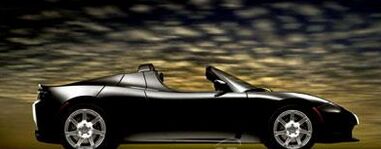
(1) Tesla's power system
This article refers to the address: http://
Unlike traditional gasoline-powered cars, Tesla's powertrain consists of four main components:
Energy Storage System (ESS)
Power Electronics Module (PEM)
Electric Motor (EM)
Sequential Manual Transmission (SMT)
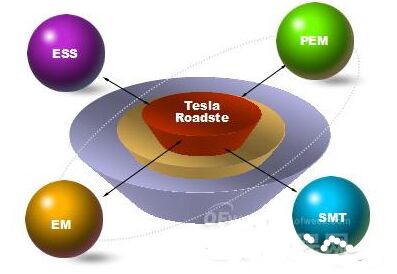
The energy storage system ESS consists of 6,831 lithium-ion batteries, which output DC power, which is the source of power for electric vehicles. The direct current output from the energy storage system is inverted into an alternating current AC through the power electronic module PEM to supply power to the alternating current motor. It can be seen that the Tesla automobile belongs to the AC speed control system.
(2) Tesla's AC speed control system
(2) Tesla's AC speed control system
Since the energy storage system ESS outputs direct current, in order to supply power to the alternating current motor, the direct current must first be inverted into alternating current, which is performed by the power electronic module PEM. Tesla's power electronics module uses 72 insulated gate bipolar transistors (IGBTs) to convert direct current to alternating current. In addition to controlling the charge and discharge rates, the power electronics module also controls voltage levels, RPM (revolutions per minute), torque and regenerative braking systems. The brake system typically captures kinetic energy through braking and transmits its feedback back to the ESS. The efficiency and integration of the battery pack, power electronics module and motor system can reach 85 to 95%, resulting in a motor output of up to 185 kW.
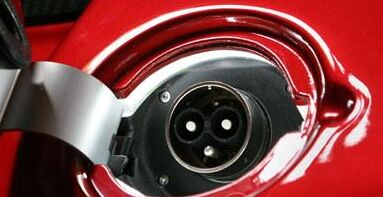
“The Roadster's charging port
The reason why Tesla Motor adopts AC speed control system instead of DC speed control system is because AC speed control system has the following advantages:
The AC motor has a simple structure and is convenient for routine maintenance;
The AC motor is rugged, lightweight, and requires significant dynamic response (precision, high-speed control).
The dynamic performance of the speed regulation is good and economical and reliable;
High power factor and low harmonics;
The motor has high efficiency and good energy saving effect (compared to the DC integrated power saving rate of 15-25%).
Although the AC variable speed drive has advantages, it also has the following shortcomings to be improved:
The circuit is complicated and the control is difficult;
The initial input cost of the AC variable frequency speed control device is slightly higher.
But this is not a problem for Tesla.
(3) Electric motor of Tesla Motors
(3) Electric motor of Tesla Motors
At the heart of Tesla is its 3-phase, 4-pole induction motor, which weighs only 70 pounds. According to Tesla's statement and independent testing, Tesla cars can accelerate to 60 mph in about four seconds, with a top speed of about 130 mph. Tesla cars can even generate large torques at very low speeds and maintain the motor at high horsepower, which can reach 13,000 rpm, which is not possible with most internal combustion engines.
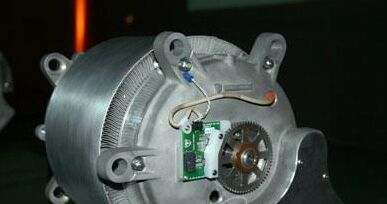
Tesla's induction motor is its patented product. The patent documents are as follows:

The induction motor is introduced as follows:
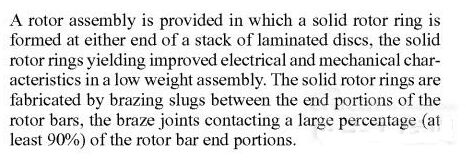
Tesla Motors has made some improvements to the rotor of the electric motor to enable it to meet the requirements of Tesla Motors. The patented rotors are as follows:
Furniture Lights,Furniture Lighting,Furniture Cabinet Lights,Furniture Bedroom Lighting
Dongguan baiyou electronic co.,ltd , https://www.dgbaiyou.com
